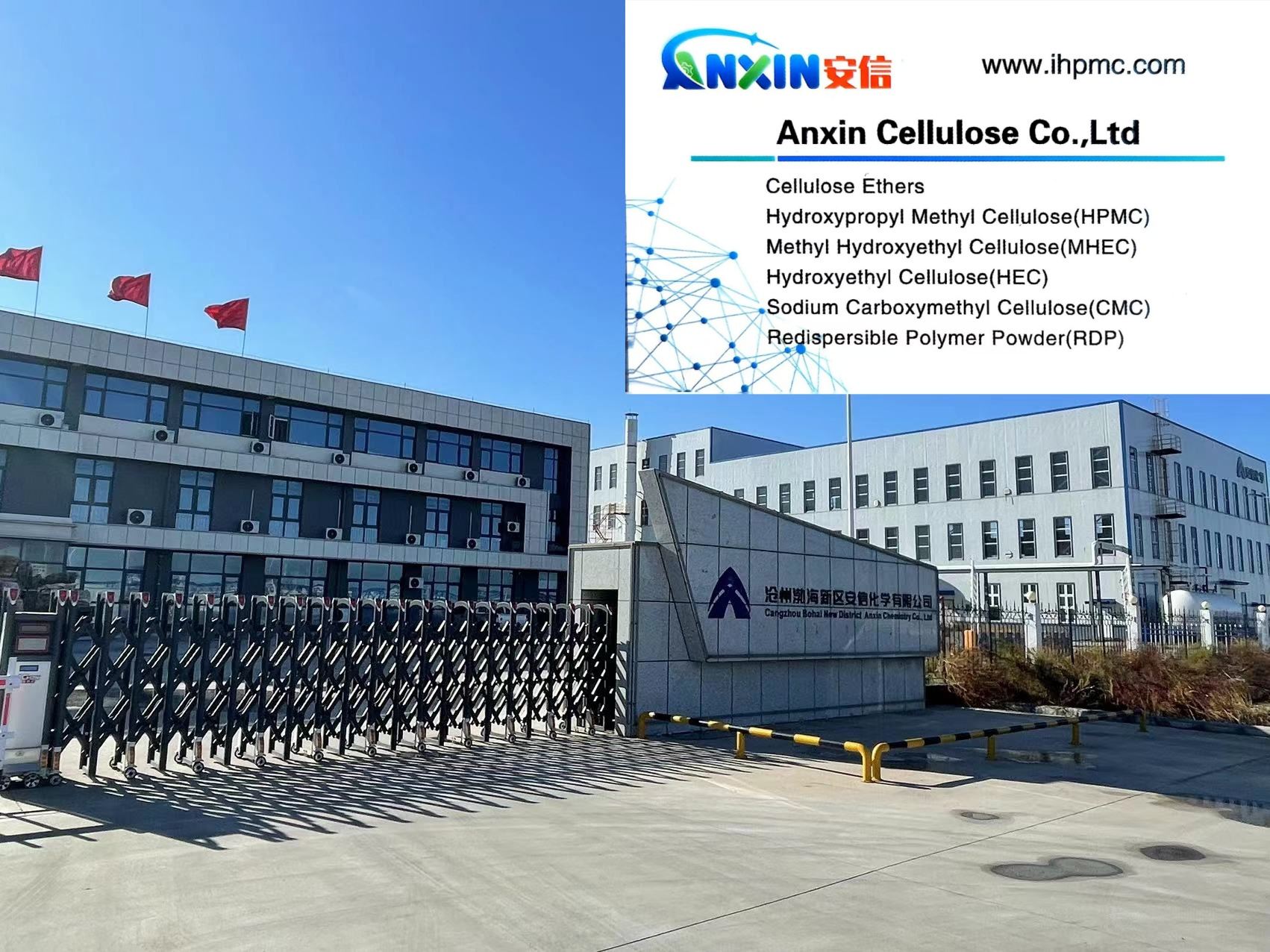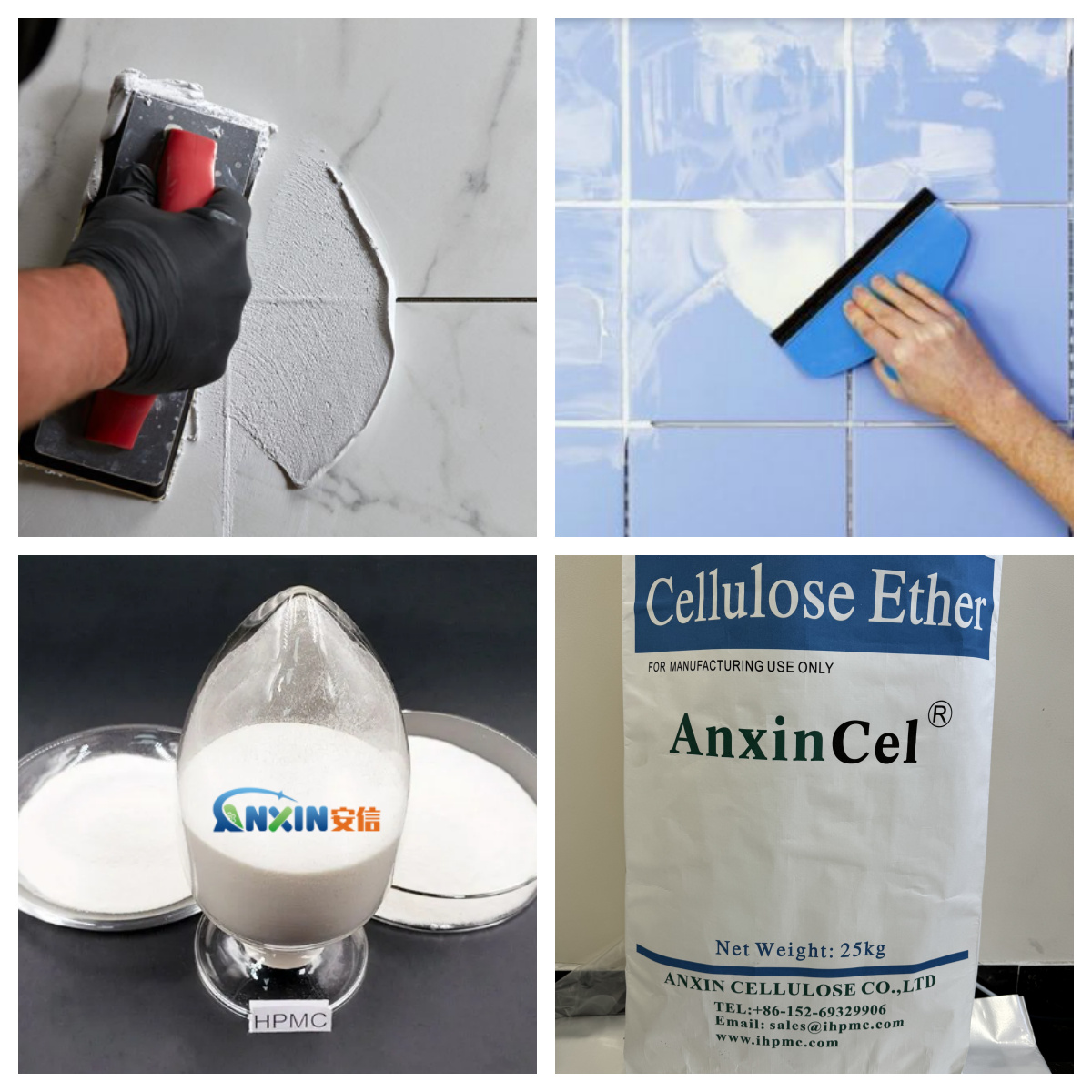Hydroxypropyl Methylcellulose (HPMC) is a non-ionic cellulose ether that is widely used in building materials, especially in joint fillers (Joint Filler or Tile Grout). As one of the key additives, HPMC plays an irreplaceable role. Its main advantages include excellent water retention, thickening, lubricity and improved construction performance.

1. Basic Overview of Joint Fillers
Joint fillers are mainly used to fill gaps between tiles and stones. They not only play a beautifying role, but also have waterproof, mildew-proof and crack-proof functions. Common joint fillers include cement-based, epoxy resin-based and polymer-modified types. Cement-based joint fillers are widely used because of their low cost and wide applicability.
However, traditional cement-based joint fillers have problems such as easy cracking, insufficient adhesion and poor construction feel. In order to improve these defects, cellulose ether additives such as HPMC are usually added to the formula.
2. The role of HPMC in joint fillers
2.1. Enhanced water retention
HPMC has extremely strong water retention properties, which can effectively lock in moisture, prevent cement from losing water quickly, and improve the hydration degree of cement, thereby enhancing the bonding strength and crack resistance of joint fillers. This is especially important for thin-layer construction and dry environments.
2.2. Improved construction performance
During the construction process, HPMC can significantly improve the lubricity and fluidity of the product, making it easier to spread and fill the slurry, reducing the difficulty of construction. At the same time, it can also prevent the slurry from drying prematurely, increasing the operability time and adjustment time.
2.3. Thickening and thixotropy control
HPMC forms a uniform colloidal solution, giving the slurry good consistency and thixotropy, making the joint filler easy to operate and maintain good vertical hanging performance, avoiding problems such as sagging and sliding during construction.
2.4. Improved adhesion
A proper amount of HPMC can improve the adhesion between the slurry and the edge of the tile and the substrate, thereby improving the stability of the overall structure and reducing later cracking and falling off.
2.5. Anti-cracking and anti-shrinkage
HPMC can significantly reduce the shrinkage rate by retaining water and improving structural density, and reduce the risk of cracks caused by water loss and shrinkage after caulking. It is especially suitable for use in areas with frequent changes in temperature and humidity.
2.6. Improved frost resistance and durability
In low temperature environments, HPMC can help the caulking agent maintain a certain flexibility and prevent freezing damage; its stable molecular structure can also improve the long-term stability of the caulking agent.
3. Usage recommendations
3.1. Recommended addition amount
The recommended amount of HPMC in the joint filler is generally 0.2%~0.5%, which can be adjusted appropriately according to the product formula. Too high an addition amount may lead to a decrease in drying speed and strength, so the formula should be optimized in combination with experiments.
3.2. Dispersion and dissolution method
HPMC should be pre-dispersed in the dry material when using it to avoid agglomeration caused by direct addition to water; it is recommended to add it to water under high-speed stirring conditions to promote uniform dissolution.
3.3. Synergistic effect with other additives
HPMC can be used in combination with starch ether, redispersible latex powder, water reducer, etc. to achieve better comprehensive performance. In particular, when used in combination with RDP (latex powder), it can significantly improve flexibility and bonding strength.

4. HPMC selection recommendations
HPMC has various types, and its performance is affected by degree of substitution (DS), viscosity, particle size and dispersibility. In joint fillers, it is recommended to select the following types of HPMC:
Medium and low viscosity (40,000~100,000 mPa·s): taking into account both construction and water retention, suitable for most formulations.
Instant type (surface treatment type): suitable for rapid dispersion and reduced dissolution time.
High substitution product: stronger water retention, suitable for construction in high temperature or dry areas.
As an indispensable functional additive in joint fillers HPMC not only significantly improves the construction performance and service life of the material, but also greatly improves the overall quality and user experience of the product. With the development of green and environmentally friendly building materials, HPMC will play a more important role in joint fillers and other construction chemicals due to its advantages such as bio-based, non-toxic and degradable.
Post time: Jun-05-2025